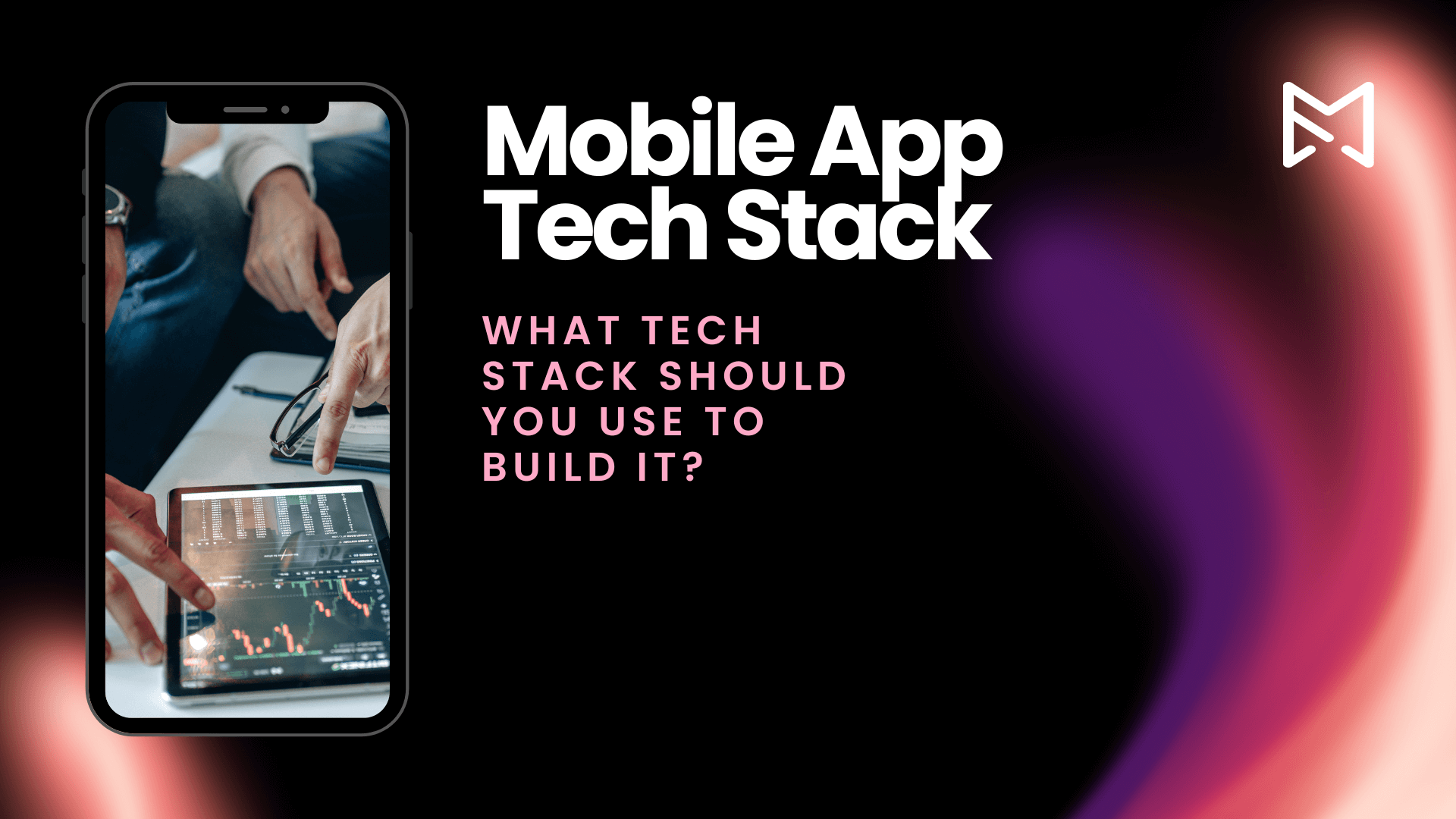Choosing the Right Tech Stack for Your Mobile App in 2025
Introduction
So you’ve got a great app idea. Now comes a critical decision—what tech stack should you use to build it?
Choosing the right tools is like choosing the right foundation for a house. Make the wrong choice, and you risk slow performance, high costs, or poor scalability. Get it right, and you’re set up for long-term success.
At Direct Dev Hub, we help founders and teams pick the perfect stack—tailored to their goals, budget, and timeline. In this post, we’ll walk you through how to make the right decision in 2025.
What Is a Mobile App Tech Stack?
A tech stack is the combination of programming languages, frameworks, and tools used to build your app. It includes:
-
Frontend (what users see)
-
Backend (server, APIs, database)
-
DevOps (deployment, scaling, monitoring)
-
Third-party services (notifications, analytics, payments)
Key Factors to Consider in 2025
1. Target Platforms: iOS, Android, or Both?
-
Native Development: Kotlin for Android, Swift for iOS — great for performance and platform-specific features.
-
Cross-platform: Flutter and React Native let you build both with a single codebase — faster, cheaper, and improving every year.
In 2025, Flutter remains the leader in cross-platform development due to its performance and growing ecosystem.
2. Speed vs Customization
-
Want rapid MVP launch? Go with Flutter or React Native + Firebase.
-
Need custom animations or deep integrations? Consider native development.
3. Team Skillset
-
Do you already have developers familiar with a certain language?
-
Choose a stack your team can support — or partner with developers who specialize in it.
4. Scalability & Backend
For backends, consider:
-
Firebase – Great for real-time apps and fast MVPs.
-
Node.js + Express – Lightweight and scalable.
-
Laravel (PHP) – Easy to manage for mid-sized apps.
-
Django (Python) – Secure and ideal for complex logic.
-
Supabase – A fast-growing open-source Firebase alternative.
5. Cloud & DevOps Tools
In 2025, AWS, Google Cloud (GCP), and Azure remain dominant. Choose based on:
-
Budget
-
Support
-
Pre-built services (e.g., AWS Amplify, Firebase Hosting)
Set up CI/CD pipelines early for smooth deployment.
6. Security & Compliance
Apps in 2025 must handle:
-
GDPR, CCPA, HIPAA (if healthcare-related)
-
OAuth2 authentication
-
Secure APIs and data encryption
Make sure your stack can easily integrate these.
Recommended Mobile App Tech Stacks in 2025
| Goal | Stack |
|---|---|
| MVP / Startup | Flutter + Firebase + Firestore |
| Scalable Consumer App | Flutter + Node.js + MongoDB + AWS |
| Enterprise App | Kotlin (Android) + Swift (iOS) + Spring Boot (backend) + GCP |
| AI-Enabled App | Flutter + Python (FastAPI or Django) + OpenAI API |
| E-commerce | React Native + Laravel + Stripe + Cloudflare |
Conclusion: Ask the Right Questions
Before choosing your tech stack, ask:
-
What’s my budget?
-
Do I need to launch fast, or can I invest more time?
-
Will this app need to scale?
-
Do I need offline support, real-time sync, or high performance?
Choosing the right tech stack isn’t about trends. It’s about building the right foundation for your product’s journey.
Need help making that choice? Let Direct Dev Hub match you with the right developer or team — no middlemen, just tech experts who understand your vision.



